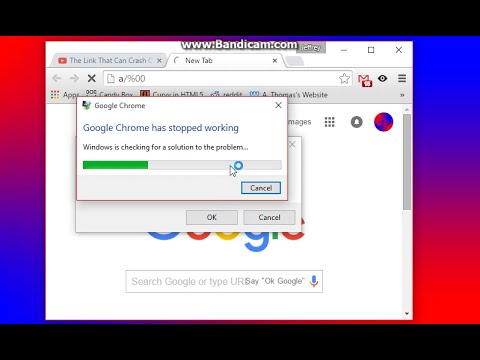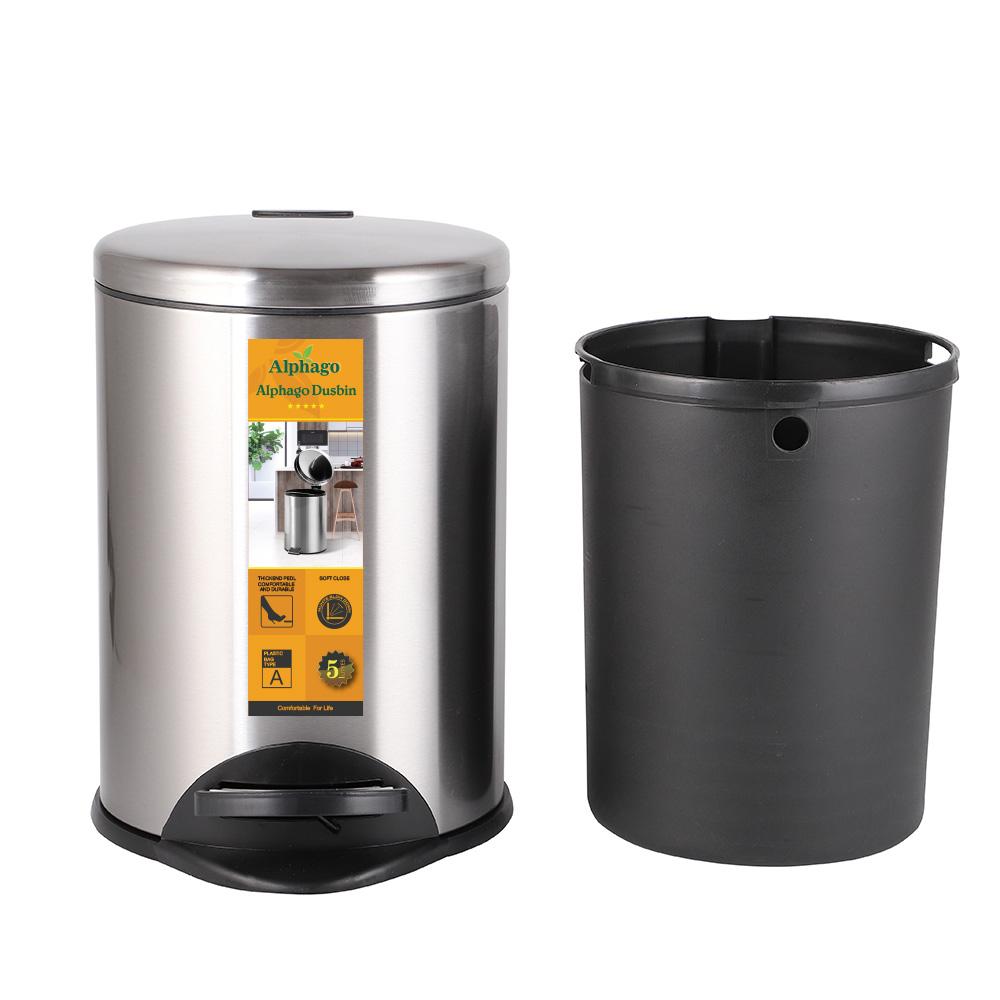Http A 30 30
HTTP, or Hypertext Transfer Protocol, is the foundation of data communication on the World Wide Web. It allows web browsers and servers to communicate and exchange information. In this article, we will delve into the intricacies of HTTP 1.0 and HTTP 1.1, exploring their features, methods, headers, status codes, cookies, caching, authentication methods, and the improvements brought by HTTP/2.
What is HTTP 1.0?
HTTP 1.0 was the first version of the HTTP protocol. It was introduced in 1996 as a simple and straightforward protocol. HTTP 1.0 operates by establishing a connection between the client (web browser) and the server. The server processes the client’s request and sends back a response. However, this version lacked certain features, making it less efficient and slower than its successors.
What is HTTP 1.1?
HTTP 1.1, introduced in 1997, addressed many of the limitations of HTTP 1.0 and is widely used today. It introduced several enhancements to improve performance, reliability, and security. HTTP 1.1 supports the reuse of connections, allowing multiple requests to be sent over a single connection, reducing the overhead of establishing new connections for each request.
Different HTTP Methods
HTTP defines several methods, also known as verbs or request types, to specify the desired action to be performed on a resource. The most commonly used methods are GET, POST, PUT, DELETE, and PATCH.
– GET: Requests data from a server.
– POST: Submits data to be processed by the server.
– PUT: Replaces an existing resource with new data.
– DELETE: Removes a specified resource.
– PATCH: Modifies an existing resource with partial data.
HTTP Headers and Their Importance
HTTP headers are additional pieces of information sent along with a request or response. Headers provide valuable information to the receiving entity and direct the behavior of the server or client. Some common headers include:
– Content-Type: Specifies the media type of the data being sent.
– User-Agent: Identifies the client software (browser, robot, etc.) to the server.
– Cache-Control: Controls caching behavior.
– Authorization: Provides authentication information for accessing protected resources.
HTTP Status Codes and Their Meanings
HTTP status codes are used to indicate the outcome of a request or response. These codes are grouped into various categories, each having its specific meaning. Some frequently encountered status codes include:
– 200 OK: The request was successful.
– 404 Not Found: The requested resource could not be found.
– 500 Internal Server Error: A generic server error occurred.
– 302 Found: The requested resource has been temporarily moved to a different location.
HTTP Cookies and Their Functionality
HTTP cookies are small pieces of data stored on the client’s computer by websites. They are used to track user sessions, personalize content, and remember user preferences. Cookies are sent with each request, allowing the server to recognize and differentiate users. However, cookies can also present privacy concerns, as they can track user activity across multiple websites.
HTTP Caching and Its Benefits
HTTP caching allows web browsers and web servers to store and reuse previously fetched resources. Caching reduces the need for repetitive requests, resulting in faster page loading times and reduced server load. HTTP caching is controlled by cache headers, such as Cache-Control and Last-Modified, which determine how long the cached resource can be considered fresh.
HTTP Authentication Methods
HTTP provides multiple authentication methods to ensure secure access to protected resources. Some common authentication methods are:
– Basic Authentication: The server requests a username and password from the client, which are then sent in base64-encoded format with each request.
– Digest Authentication: Similar to Basic Authentication, but the credentials are encrypted to enhance security.
– Token-based Authentication: Uses tokens instead of usernames and passwords to authenticate users.
HTTP/2 and Its Improvements Over HTTP 1.x
HTTP/2, introduced in 2015, is the latest major version of the HTTP protocol. It brings significant performance improvements over its predecessors. Some key advancements include:
– Multiplexing: Multiple concurrent requests and responses can be sent over a single connection, improving efficiency.
– Server Push: Allows servers to proactively send resources to clients before they are requested, further enhancing performance.
– Binary Protocol: HTTP/2 uses a binary framing layer, reducing overhead and improving parsing speed.
Http a 30 30 Game, Http a 30 30 Chrome crashhttp a 30 30
Http a 30 30 is a game developed by Microsoft that tests your web development skills. It challenges you to identify and fix problems in a website’s code within a time limit of 30 seconds. It is a fun and educational way to improve your web development knowledge and troubleshooting skills.
Http a 30 30 Chrome crashhttp a 30 30 refers to a specific scenario where the Google Chrome browser crashes or encounters errors while interacting with a website. This issue can occur due to various reasons, such as compatibility issues, resource limitations, or faulty website code. To resolve this problem, users can try clearing their browser cache, disabling extensions, or updating their Chrome browser to the latest version.
In conclusion, understanding the intricacies of HTTP, including its versions, methods, headers, status codes, cookies, caching, and authentication methods, is essential for web developers and professionals involved in web communication. HTTP/2 brings significant improvements over earlier versions, enhancing performance and efficiency. By staying up-to-date with HTTP developments, professionals can optimize their web applications and provide a better browsing experience for users.
FAQs:
Q: What is the difference between HTTP 1.0 and HTTP 1.1?
A: HTTP 1.1 introduced several enhancements over HTTP 1.0, including persistent connections, chunked transfer encoding, improved caching mechanisms, and support for virtual hosting.
Q: What are the most commonly used HTTP methods?
A: The most commonly used HTTP methods are GET, POST, PUT, DELETE, and PATCH.
Q: What are HTTP headers, and why are they important?
A: HTTP headers provide additional information to the receiving entity and direct the behavior of the server or client. They are crucial for controlling caching, specifying content types, and enabling authentication.
Q: How do HTTP status codes work?
A: HTTP status codes indicate the outcome of a request or response. They are grouped into categories such as informational, success, redirection, client error, and server error codes.
Q: What are HTTP cookies, and why are they used?
A: HTTP cookies are small pieces of data stored on the client’s computer by websites. They are used for various purposes, including session tracking, personalization, and user preferences.
Q: What is HTTP caching, and what are its benefits?
A: HTTP caching allows web browsers and web servers to store and reuse previously fetched resources, reducing the need for repetitive requests and improving page loading times.
Q: What are some commonly used HTTP authentication methods?
A: Commonly used HTTP authentication methods include Basic Authentication, Digest Authentication, and Token-based Authentication.
Q: What are the improvements brought by HTTP/2 over HTTP 1.x?
A: HTTP/2 introduces multiplexing, server push, and a binary protocol, which provide substantial performance improvements and efficiency gains over HTTP 1.x.
Http://A/%%30%30
Keywords searched by users: http a 30 30 Http a 30 30 Game, Http a 30 30 chrome crash
Categories: Top 54 Http A 30 30
See more here: nhanvietluanvan.com
Http A 30 30 Game
HTTP is a game that tests your reflexes and hand-eye coordination. With its basic concept and minimalist design, players are instantly captivated by its charming simplicity. The objective is to tap the screen when the color switches from black to white and back again within a 30-second timeframe. Sounds easy? Well, think again! The speed at which the colors change gradually increases, challenging your ability to react quickly.
Admittedly, the game may seem straightforward at first, but as you progress, the difficulty level spikes, intensifying the challenge. To keep up with the increasing pace, you need to stay focused and rapidly tap the screen whenever necessary. The smooth transitions between colors and the perfectly timed beats in the background create an immersive gaming experience that keeps players engaged and longing for more.
To improve your chances of success in HTTP, it is important to adopt a few strategies. Firstly, maintaining a calm and composed mindset is crucial. It’s all too easy to get flustered when the colors shift rapidly, hindering your responsiveness. By staying relaxed and focused, you can better gauge the timing and tap precisely when required.
Additionally, practicing hand-eye coordination can significantly enhance your gameplay. Regularly engaging in activities that enhance your motor skills, such as playing musical instruments or participating in sports, can greatly contribute to improving your reflexes. The more you train your mind and body to react swiftly, the better your chances of achieving high scores in HTTP.
Now, let’s answer some commonly asked questions about HTTP:
Q: Is HTTP available for both Android and iOS users?
A: Absolutely! HTTP is a mobile game available for download on both Android and iOS platforms. You can enjoy this addictive game on your smartphones and tablets.
Q: Does HTTP have any in-app purchases?
A: No, HTTP is completely free to download and play. The developers have generously made the game available without any hidden costs or annoying advertisements.
Q: Can I compete with my friends in HTTP?
A: Yes, absolutely! HTTP offers a global leaderboard where players can compare their scores with friends and players from around the world. Compete with your friends and strive to reach the top of the leaderboard!
Q: How can I improve my reaction time in HTTP?
A: Improving your reaction time requires practice. Engage in activities that require quick reflexes, such as playing other fast-paced games, or using online tools/apps designed to enhance reaction speed. With consistent practice, you will notice a significant improvement in your performance.
Q: Are there any cheat codes or hacks for HTTP?
A: No, there are no cheat codes or hacks available for HTTP. This game emphasizes fair play and rewards players based on their genuine skills and abilities.
In conclusion, HTTP is an exhilarating 30-second game that challenges your reflexes and keeps you hooked with its simple yet addictive gameplay. With its minimalist design, soothing background music, and increasing difficulty levels, it offers an entertaining experience for players of all ages. By adopting the right strategies and enhancing your hand-eye coordination, you can improve your performance and achieve impressive scores. So, why wait? Download HTTP today and embark on an exciting journey of rapid color tapping!
Http A 30 30 Chrome Crash
If you frequently use Google Chrome as your preferred web browser, you may have encountered the frustrating HTTP 503 error with the code “30 30.” This error occurs when the server you are trying to access is temporarily unavailable or experiencing an overload. While this issue can cause your browsing session to crash, fear not! In this article, we will dive deep into HTTP 503 Chrome crashes, explore their causes, and provide practical solutions to overcome this issue.
Understanding HTTP 503 Error: Code “30 30”
The HTTP 503 error is an indication of a temporary server problem and is often accompanied by the code “30 30” in Chrome crashes. This error message is generated by the server you are trying to access when it is unable to handle your request. It occurs when the server is overloaded, undergoing maintenance, or experiencing a temporary issue.
Causes of HTTP 503 Error: Code “30 30”
1. Server Overload: When a server receives more requests than it can handle, it may become overwhelmed and unable to process all of them. This overload leads to the server returning an HTTP 503 error, causing the Chrome crash.
2. Service Unavailability: Servers occasionally undergo maintenance or experience technical issues, making them temporarily unavailable. During these periods, attempting to access the server will trigger an HTTP 503 error and result in Chrome crashing.
Solving the HTTP 503 Chrome Crash Issue
Given the temporary nature of the HTTP 503 error, there are a few steps you can take to resolve the issue:
1. Refresh the Page: Simply refreshing the page can sometimes rectify the problem. Press the F5 key on your keyboard or click the refresh button on your browser to reload the page. If the server issue was momentary, the page should load successfully.
2. Wait and Retry: As the issue is temporary, waiting for a few minutes and then retrying the page can often resolve the issue. The server might have needed a momentary breather, and attempting again after a short interval can prove fruitful.
3. Clear Browser Cache: Accumulated cache files can cause browsing issues over time. Clearing your browser cache can help eliminate any corrupted or outdated files that might be causing the HTTP 503 Chrome crash. To clear cache in Chrome, open the browser settings, navigate to “Privacy and security,” and click on “Clear browsing data.” Select the time range and cache files you wish to remove and click “Clear data.”
4. Disable Extensions: Sometimes, browser extensions could conflict with server communication, leading to the HTTP 503 error. Disabling extensions one by one to identify the conflicting one might help resolve the issue. To disable extensions in Chrome, type “chrome://extensions/” in the URL bar, and toggle off the extensions one by one.
5. Use an Alternative Server or VPN: If the specific server you are trying to access is experiencing continued issues, using an alternative server or VPN (Virtual Private Network) might help bypass the HTTP 503 error. A VPN can reroute your internet traffic through different servers, potentially avoiding the problematic one.
FAQs: HTTP 503 Chrome Crash
1. How long should I wait before retrying after encountering an HTTP 503 error?
The wait time can vary depending on the server and the severity of the issue. Waiting for a few minutes is usually sufficient, but if the problem persists, you might want to consider alternative solutions.
2. Why does clearing the browser cache help resolve the issue?
Clearing the browser cache removes corrupted or outdated files that might be hindering your browsing experience. By doing so, you create a fresh starting point for your browser to communicate with the server.
3. Are there any precautions one should take before disabling extensions?
Disabling extensions is generally safe. However, take note of the extensions you disable as some may be essential for specific functionalities. It’s always a good idea to document the extensions you disable, allowing you to re-enable them if necessary.
4. How can a VPN help in resolving HTTP 503 Chrome crashes?
A VPN can provide an alternate path for your internet traffic by rerouting it through different servers. This way, you can avoid the problematic server and successfully access the desired website, mitigating the HTTP 503 Chrome crash.
Conclusion
Although encountering the HTTP 503 error with the code “30 30” in Chrome crashes can be frustrating, it is typically a temporary issue related to server overload or maintenance. By following the solutions mentioned above, such as refreshing the page, waiting, clearing browser cache, disabling extensions, or using a VPN, you can successfully resolve the HTTP 503 Chrome crash and resume your browsing smoothly. Remember to stay patient and persistent while troubleshooting, and don’t hesitate to seek further technical support if needed.
Images related to the topic http a 30 30

Found 12 images related to http a 30 30 theme






.jpg)





Article link: http a 30 30.
Learn more about the topic http a 30 30.
- Why does the URL http://a/%%30%30 crash Google Chrome?
- Are YOU brave enough to play the Google Chrome GLITCH …
- Why did the string “http://a/%%30%30” used to crash … – Reddit
- Crash Google Chrome in an instant with this one weird link
- 30%30: A Game – Sean Zhu szhu – GitHub Pages
- Side Bar WTF – What the Daily WTF?
- The Link That Can Crash Chrome: http://a/%%30%30
- Internetwache.org on Twitter: “Crash Google Chrome with a …
- SAM GREEN 6-30-30+TE
See more: nhanvietluanvan.com/luat-hoc